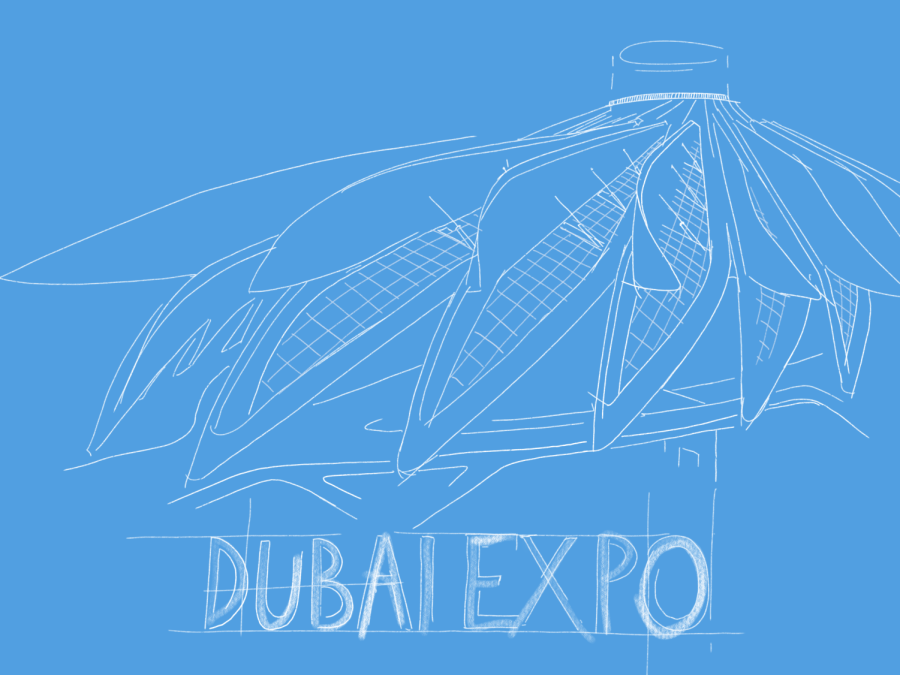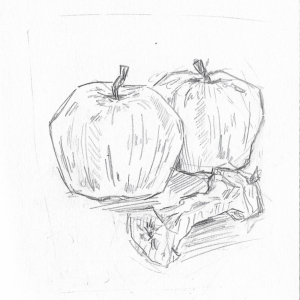Dubai Expo 2020: Connecting the Past, Present, and Future
February 6, 2022
Every five years, a country is nominated to bring together nations from all around the world for the World Expo. For six months, nations showcase their achievements in their respective pavilion at the event. Visitors travel worldwide to visit the Expo and learn about different countries cultures, and their visions for the future. The Expo’s iconic history of innovation introduced the Eiffel Tower in the 1889 Paris Expo and the telephone in the 1893 Philadelphia World Fair.
The Dubai Expo has already made history, with Dubai, located in the United Arab Emirates, becoming the first Middle Eastern city to host an Expo. The event was initially planned for 2020, but had to be postponed a year due to the pandemic. After spending eight years and $33 billion preparing for this six-month event, Expo 2020 has had up to eight million visitors and its popularity is continuing to grow with two months left of the event, which runs from October 2021-March 2022.
At the Expo, visitors are able to see pavilions from 192 countries along with specifically designed exhibitions fitting the theme of “Connecting Minds, Creating the Future.” Divided into three thematic districts surrounding a central plaza, the Expo focuses on three sub-themes: Opportunity, Mobility, and Sustainability. In order to emphasize the theme in their own pavilions, most countries highlight their current innovations and technologies preparing them for a future of sustainability, mobility, and opportunity. Examples include advances in agricultural technologies, space travel, and life on Mars.
Farah Kabbani, a Dubai resident, and visitor to the Dubai and 2015 Milan Expos, told the Register Forum, “Knowing that Dubai is a highly advanced and futuristic city, it was interesting to see how they put these skills to use, and how other countries did the same. There were also robots delivering food and telling individuals to wear their masks, which complemented the theme.” She continued, “The Expo’s sub-themes highly encouraged the countries to present their plans in creating a sustainable future. Although the last Expo’s focus on food was definitely enjoyable, it wasn’t as revolutionary a theme as Dubai’s.”
For the length of the Dubai Expo, representatives from each country are sent by their governments to work exclusively for the Expo, making each country’s pavilion unique and authentic. Emad Ramadan, the host of the Jordanian Pavilion, spoke more about Jordan’s decision-making process for the pavilion design. He explained to the Register Forum, “The Jordanian Tourism Board and Economic Development Board decided to focus on tourism to teach people more about Jordan. We also wanted to highlight our current technologies and space projects, especially our rocket launch… The idea of the Expo is that each exhibit speaks for itself.”
The World Expo gives the opportunity for different countries and cultures to come together and share their plans for the future. It creates connections between people from around the world and builds deeper understandings of other nations. The long-awaited Dubai Expo 2020 certainly exceeded visitors’ expectations, and it will be exciting to see how the Japan Expo 2025 will compare.










